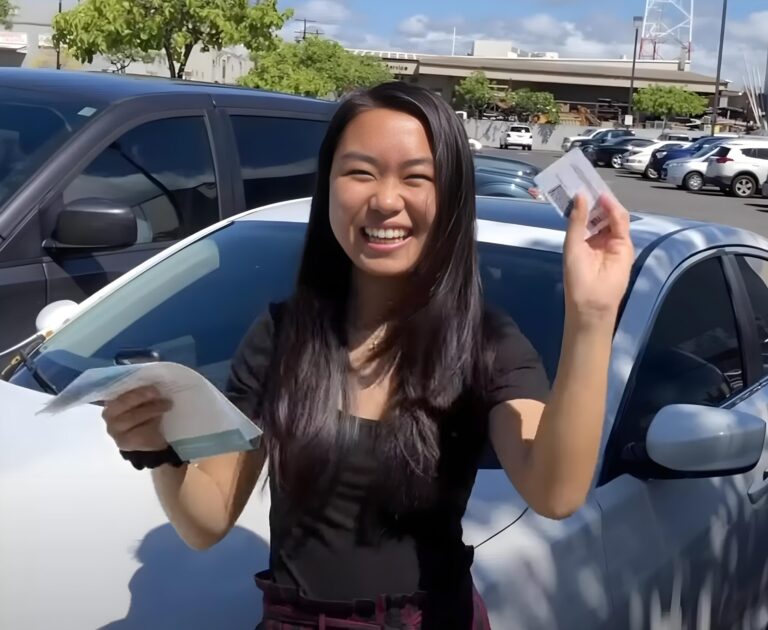
8 Tips for Texas Teens That Want To Get Their License
Getting your driver’s license in Texas is an exciting milestone! It means freedom, independence, and new responsibilities. The process can seem a bit daunting, but with the right information and preparation, you’ll be on the road in no time. Here are 8 essential tips for Texas teens looking to get their license. 1. Understand the […]